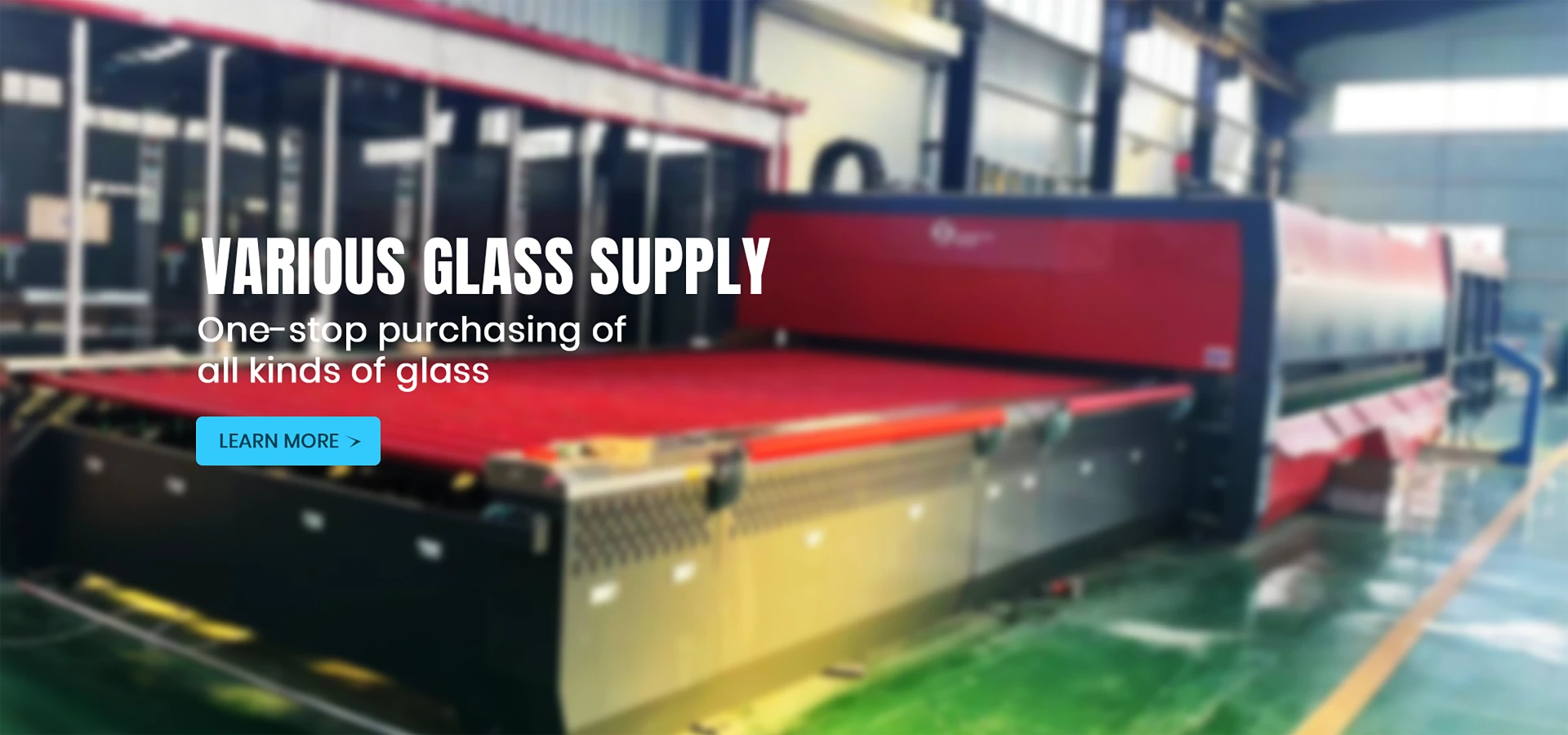Tempered Glass Design An Insight into Strength and Aesthetics
Tempered glass, also known as toughened glass, has become an integral component in modern architecture and design due to its remarkable strength and aesthetic appeal. Its unique properties have made it a preferred choice for various applications, from building facades and shower enclosures to furniture and decorative elements. Understanding the design principles and advantages of tempered glass can help designers and architects create stunning yet safe environments.
The Process of Tempering Glass
Tempering glass involves a specialized manufacturing process where standard glass is heated to high temperatures (about 600°C or 1112°F) and then rapidly cooled. This process alters the internal structure of the glass, making it significantly stronger than untreated glass. Tempered glass is capable of withstanding extreme temperatures and sudden temperature changes, which is particularly beneficial in environments exposed to varying thermal conditions. The tempering process also causes the glass to shatter into small, blunt pieces rather than sharp shards, enhancing safety.
Design Versatility and Aesthetic Appeal
One of the most appealing aspects of tempered glass is its design versatility. It can be produced in various thicknesses, colors, and finishes, allowing designers to achieve their desired look. Clear tempered glass offers a sleek, modern aesthetic that maximizes natural light, making spaces feel more open and airy. On the other hand, tinted or frosted tempered glass provides privacy while still allowing light to filter through, making it an excellent choice for bathrooms or office partitions.
Moreover, tempered glass can be combined with various materials such as metal, wood, and stone, resulting in innovative designs that enhance both functionality and style. For example, glass railings are a popular choice in modern homes, providing an unobstructed view while ensuring safety. The seamless integration of tempered glass into architectural designs has revolutionized the way spaces are perceived and utilized.
Applications of Tempered Glass in Architecture
tempered glass design
Tempered glass is widely used in architecture for both functional and decorative purposes. Its strength makes it ideal for large glass facades, skylights, and curtain walls, where structural integrity is crucial. In addition to its strength, tempered glass allows for creative freedom in design, enabling architects to craft visually stunning buildings that stand out.
In residential design, tempered glass is commonly used in shower doors, patio doors, and glass partitions. It not only enhances the aesthetic appeal of spaces but also meets safety requirements. In commercial settings, tempered glass is employed in storefronts, conference rooms, and lobby areas, providing transparency and an inviting atmosphere.
Sustainability and Energy Efficiency
In today’s eco-conscious world, sustainability is an important consideration in design. Tempered glass can contribute to energy efficiency in buildings when used in conjunction with low-emissivity (low-E) coatings. These coatings reflect infrared light, keeping interiors cooler in the summer and warmer in the winter, ultimately reducing energy consumption.
Moreover, glass is a recyclable material, and when tempered glass reaches the end of its lifecycle, it can be repurposed, making it a more sustainable choice compared to other materials.
Conclusion
In conclusion, tempered glass design encapsulates the perfect blend of strength, safety, and aesthetics. Its unique manufacturing process offers remarkable durability, allowing for innovative design applications in architecture and interior design. As the demand for sleek, modern, and sustainable designs continues to rise, tempered glass will undoubtedly remain a popular choice for designers and architects looking to push the boundaries of creativity while ensuring the safety and comfort of occupants. Its versatility, along with its contribution to energy efficiency, makes tempered glass an indispensable material in contemporary design practices.
 Afrikaans
Afrikaans  Albanian
Albanian  Amharic
Amharic  Arabic
Arabic  Armenian
Armenian  Azerbaijani
Azerbaijani  Basque
Basque  Belarusian
Belarusian  Bengali
Bengali  Bosnian
Bosnian  Bulgarian
Bulgarian  Catalan
Catalan  Cebuano
Cebuano  Corsican
Corsican  Croatian
Croatian  Czech
Czech  Danish
Danish  Dutch
Dutch  English
English  Esperanto
Esperanto  Estonian
Estonian  Finnish
Finnish  French
French  Frisian
Frisian  Galician
Galician  Georgian
Georgian  German
German  Greek
Greek  Gujarati
Gujarati  Haitian Creole
Haitian Creole  hausa
hausa  hawaiian
hawaiian  Hebrew
Hebrew  Hindi
Hindi  Miao
Miao  Hungarian
Hungarian  Icelandic
Icelandic  igbo
igbo  Indonesian
Indonesian  irish
irish  Italian
Italian  Japanese
Japanese  Javanese
Javanese  Kannada
Kannada  kazakh
kazakh  Khmer
Khmer  Rwandese
Rwandese  Korean
Korean  Kurdish
Kurdish  Kyrgyz
Kyrgyz  Lao
Lao  Latin
Latin  Latvian
Latvian  Lithuanian
Lithuanian  Luxembourgish
Luxembourgish  Macedonian
Macedonian  Malgashi
Malgashi  Malay
Malay  Malayalam
Malayalam  Maltese
Maltese  Maori
Maori  Marathi
Marathi  Mongolian
Mongolian  Myanmar
Myanmar  Nepali
Nepali  Norwegian
Norwegian  Norwegian
Norwegian  Occitan
Occitan  Pashto
Pashto  Persian
Persian  Polish
Polish  Portuguese
Portuguese  Punjabi
Punjabi  Romanian
Romanian  Russian
Russian  Samoan
Samoan  Scottish Gaelic
Scottish Gaelic  Serbian
Serbian  Sesotho
Sesotho  Shona
Shona  Sindhi
Sindhi  Sinhala
Sinhala  Slovak
Slovak  Slovenian
Slovenian  Somali
Somali  Spanish
Spanish  Sundanese
Sundanese  Swahili
Swahili  Swedish
Swedish  Tagalog
Tagalog  Tajik
Tajik  Tamil
Tamil  Tatar
Tatar  Telugu
Telugu  Thai
Thai  Turkish
Turkish  Turkmen
Turkmen  Ukrainian
Ukrainian  Urdu
Urdu  Uighur
Uighur  Uzbek
Uzbek  Vietnamese
Vietnamese  Welsh
Welsh  Bantu
Bantu  Yiddish
Yiddish  Yoruba
Yoruba  Zulu
Zulu 

